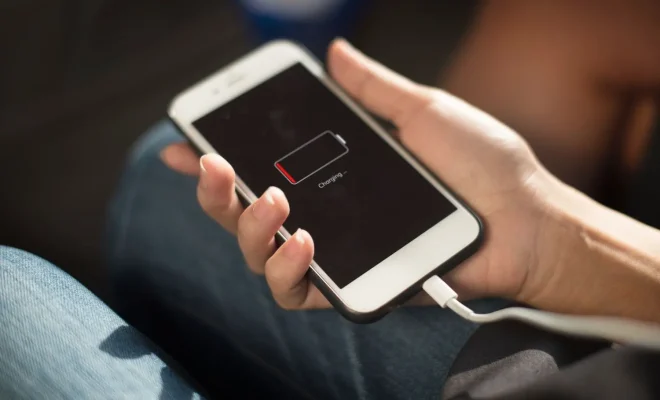Why Educators Should Consider Scenario-Based Learning

The online learning industry is a melting pot of different instructional methods that are supposed to adapt to students’ individual needs. Scenario-based learning starts to become useful here. It involves immersing learners in situational and real-life scenarios that allow them to acquire information and skills.
Introducing scenarios in your learning materials can help boost the success rate of your class. Learning scenarios help immerse your learners into the subject matter, which makes them experience challenges they would face in the real world and face the consequences of their decisions without any actual risks.
Read on to learn more about the usefulness of scenario-based learning.
The Different Forms of Scenario-Based Learning
Before you start creating learning scenarios for your learners, you have to consider the type of scenario that will be beneficial to your students. The scenarios can be small and straightforward or complex and branching, depending on their purpose.
Mini scenarios – these are best for more simple learning situations, in which one decision will lead to a specific solution. Mini scenarios will improve your students’ problem-solving skills.
Branching scenarios – these focus on more complicated situations, where each decision can alter the way the next scenes play out. Branching scenarios focus more on improving your students’ critical thinking skills and challenges their skills and knowledge.
How is Scenario-Based Learning Created?
You can make your educational content more relevant for your learners if they can identify themselves in a specific context of learning and if they are required to make choices that influence outcomes. However, there is no single strategy to create the perfect content for scenario-based learning, though you should remember to keep your stories authentic and realistic.
Your scenarios can be created in the same way that you might write a novel – with characters, a plot, a climax, and resolution. Your students will assume the main character’s role, facing different dilemmas that are meant to improve their critical thinking.
It is also essential that your scenarios provide instant feedback so that your learners know when they make an error and can understand the approach they should take next time to avoid that mistake. This might involve providing a detailed explanation of how they made the mistake and how they can improve.
Why Consider Scenario-Based Learning?
Scenario-based learning can be an advantageous method for engaging your learners, as it offers them control of the decisions they make while learning. Scenarios allow them to hone their skills and apply them to situations in the real world.
Learners are more motivated when the skills that they have provided them with opportunities for improvement. They will appreciate real-world scenarios in which their skills are being tested, which is what makes scenario-based learning so valuable.
Concluding Thoughts
Scenario-based learning allows your learners to apply their skills and knowledge in a simulation of the real world. They can even be introduced into online-learning environments to help increase the chance of your students remembering their concepts further.





